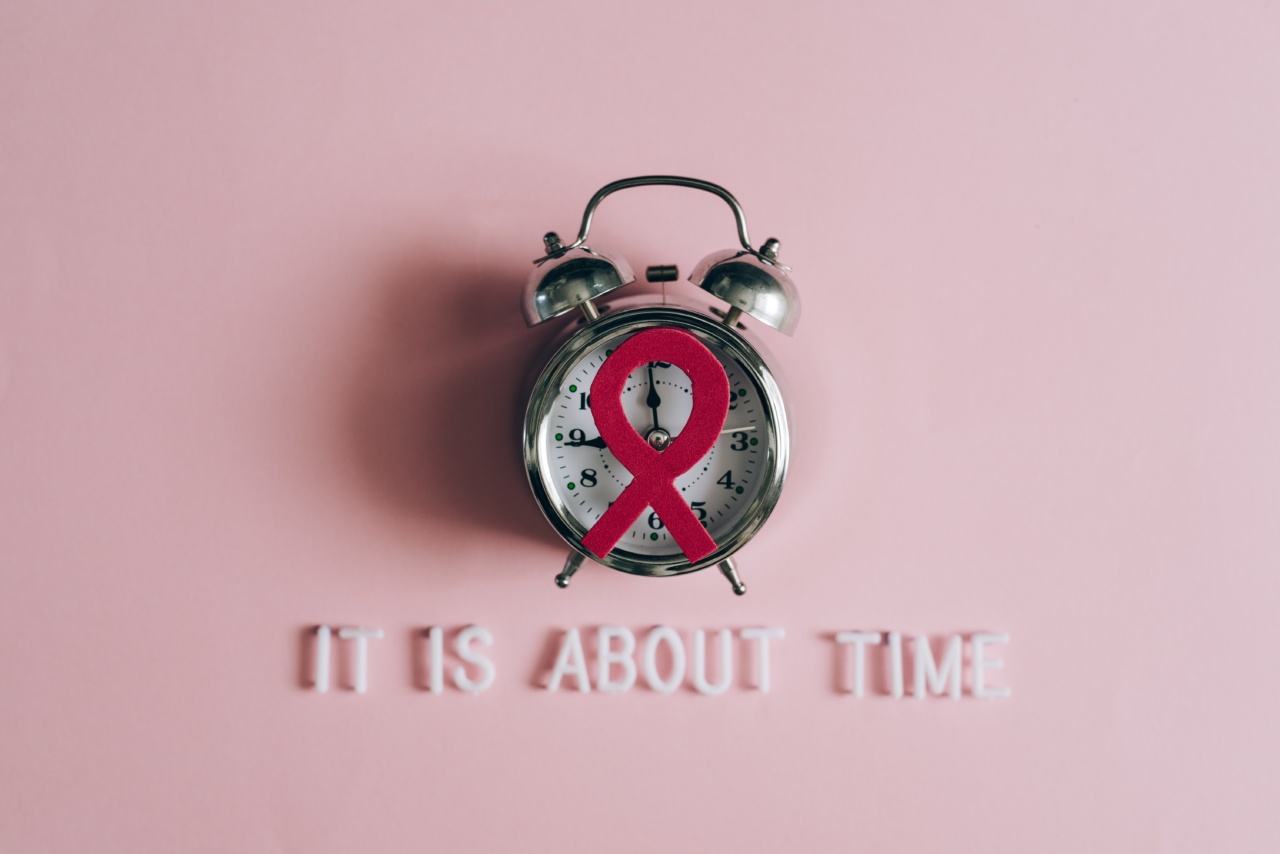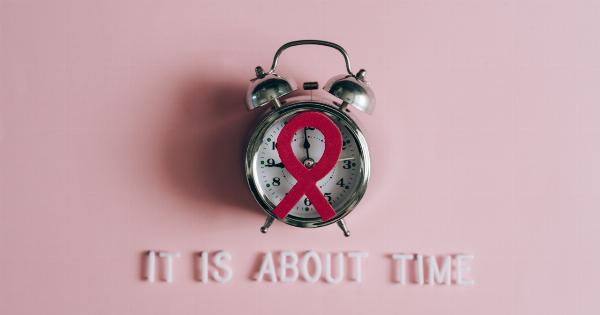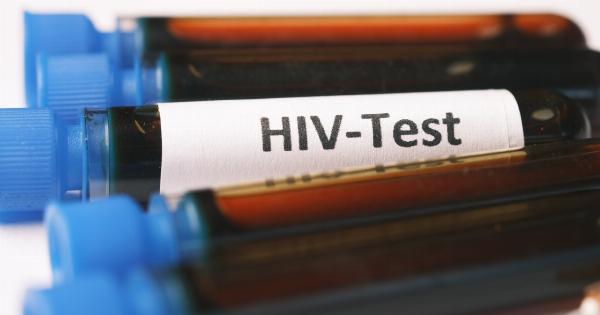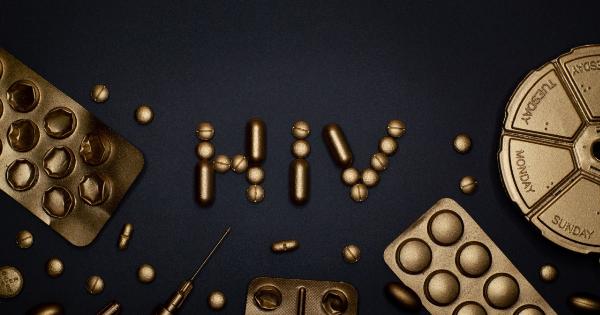World AIDS Day, observed on December 1st each year, is an opportunity for people worldwide to unite in the fight against HIV, show support for those living with the virus, and commemorate those who have lost their lives to AIDS-related illnesses.
It is a day to raise awareness, educate, and advocate for the prevention, treatment, and care of HIV/AIDS. Here are seven crucial things you need to know about HIV and AIDS:.
1. What is HIV and AIDS?
HIV (Human Immunodeficiency Virus) attacks the body’s immune system, specifically the CD4 cells (T cells), which help the immune system fight off infections.
If left untreated, HIV can severely damage the immune system and progress to AIDS (Acquired Immunodeficiency Syndrome).
2. How is HIV transmitted?
HIV is mainly transmitted through specific body fluids, including blood, semen, vaginal fluids, and breast milk.
The most common modes of transmission include unprotected sexual intercourse, sharing needles or syringes, and transmission from an infected mother to her child during pregnancy, childbirth, or breastfeeding. HIV cannot be transmitted through casual contact, such as hugging, shaking hands, or sharing toilets.
3. Understanding HIV testing
Testing is crucial for early detection and treatment of HIV. It is recommended that everyone between the ages of 13 and 64 undergo HIV testing as part of routine healthcare.
Various testing methods are available, including blood tests, oral fluid tests, and self-testing kits. It is important to remember that testing positive for HIV is not a death sentence. With early and continuous medical care and treatment, people with HIV can lead long and healthy lives.
4. HIV prevention strategies
Prevention is key in battling HIV/AIDS. Effective prevention strategies include practicing safe sex through condom use, limiting the number of sexual partners, and getting tested regularly.
Injection drug users should never share needles or syringes and should explore harm reduction programs. Pre-exposure prophylaxis (PrEP) is a preventive medication that can greatly reduce the risk of HIV transmission for individuals at high risk. It is essential to educate yourself and others about prevention techniques.
5. Treatment and living with HIV
While there is no cure for HIV, antiretroviral therapy (ART) has revolutionized the treatment of HIV/AIDS.
ART involves taking a combination of medications that can effectively suppress the virus, allowing individuals with HIV to live long and healthy lives. Treatment adherence is crucial to maintaining viral suppression and preventing the progression to AIDS.
People living with HIV should also focus on maintaining a healthy lifestyle, including regular exercise, a balanced diet, and avoiding smoking or excessive alcohol consumption.
6. HIV stigma and discrimination
One of the significant challenges faced by individuals living with HIV is the stigma and discrimination associated with the virus. HIV stigma stems from fear, misinformation, and social prejudices.
It can lead to social isolation, mental health issues, and barriers to accessing healthcare and support services. It is crucial to combat HIV stigma by promoting understanding, empathy, and acceptance, and by educating communities about the realities of HIV/AIDS.
7. The global HIV/AIDS epidemic
HIV/AIDS continues to be a global public health issue. Sub-Saharan Africa remains the most affected region, with over two-thirds of people living with HIV residing there.
However, the epidemic also affects other regions, including Asia, Eastern Europe, and North America. Efforts to combat HIV/AIDS involve international partnerships, funding for research and prevention programs, increased access to testing and treatment, and addressing social and economic factors that contribute to the spread of the virus.
Conclusion
World AIDS Day serves as a reminder of the ongoing battle against HIV/AIDS and the importance of education, prevention, testing, treatment, and eliminating stigma.
By understanding the facts about HIV, we can join together to make a positive impact, support those affected by the virus, and work towards an AIDS-free future.




























